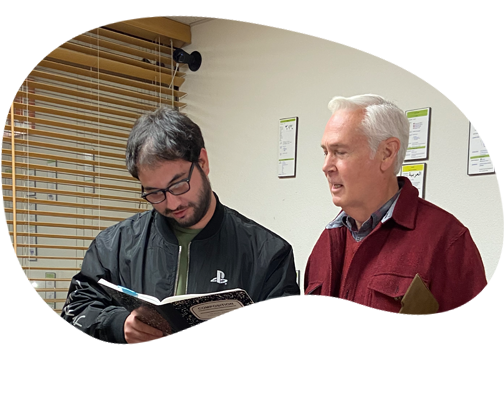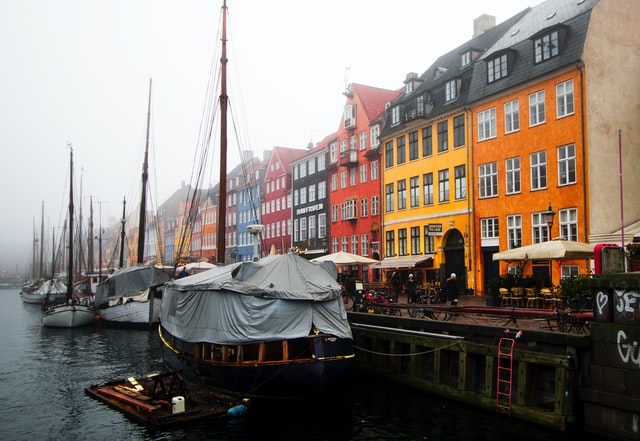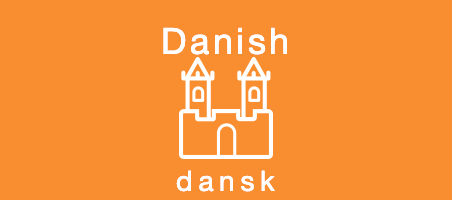Learn to speak Danish
Danish is a North Germanic language spoken by around six million people, principally in the country of Denmark and in the region of Southern Schleswig in northern Germany, where it holds minority language status. Danish is also spoken in Germany, Norway, Sweden, Canada, Argentina, the UAE and the USA. Danish was the official language of Norway until about 1830 and of Iceland until 1944. Danish is now the first foreign language learned in Iceland and due to immigration into urban areas, around 15-20% of the population of Greenland speaks Danish as their home language.
Danish is largely mutually intelligible with Norwegian and Swedish. Proficient speakers of any of the three languages can understand the others, though studies have shown that speakers of Norwegian generally understand both Danish and Swedish far better than Swedes or Danes understand each other. Both Swedes and Danes also understand Norwegian better than they understand each other’s languages.

Learn Danish with Language Door Today!
Language Door’s expert teachers offer instruction for students of all ages. We keep our tuition prices low but offer quality instruction in a pleasant environment. Our class size is always a small group. Our teachers are native speakers and offer the hands on training that will enhance your learning experience.
Interesting Facts About Danish
The Danish alphabet has 29 letters and uses the basic 26-letter Latin alphabet plus the three additional letters Æ, Ø, Å. Danish (Dansk) is one of the North Germanic languages (also called Scandinavian languages).
One example is Cantonese cuisine, which is well-known in Western countries. Classic Cantonese cooking is characterized by its use of mellow sauces and ingredients such as spring onions, sugar, garlic, soy sauce and sesame oil. The prevalence of Cantonese cuisine in the West is largely because most of the Chinese who have immigrated to other countries in the past have departed from Canton and surrounding areas.
Did you know that Denmark has 406 islands and 7314 km of coastline

Origins of Danish (Dansk)
During the Middle Ages, Danish was heavily influenced by Low German dialects, while during the 17th century Danish absorbed many French loanwords and from the 19th century onwards, many English words have been taken into Danish.
Along with the other North Germanic languages, Danish is a descendant of Old Norse, the common language of the Germanic peoples living in Scandinavia during the Viking Era.


